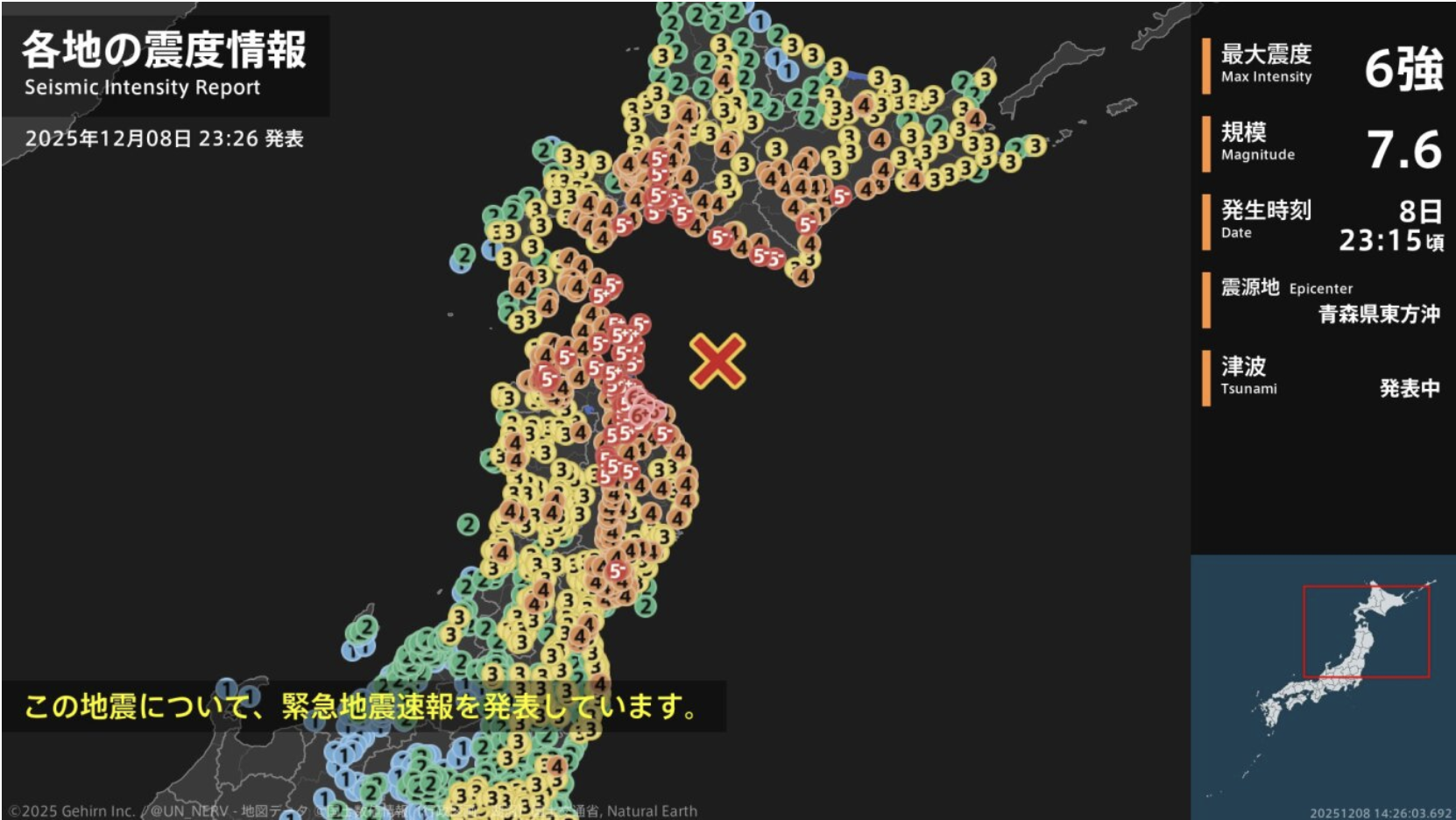As intended, a climate change protest by two young activists from the group Just Stop Oil has grabbed attention globally. The pair emptied cans of tomato soup onto one of the famous Sunflowers paintings by Dutch painter Vincent Van Gogh Friday at the National Gallery in London before gluing their hands to the adjacent wall. The stunt is one of several in which young activists have used glue to attach themselves to famous painting all over Europe, but it is the first one to also use something thrown at the painting. According to The New York Times, shocked onlookers can be heard in a recording of the scene. In a speech, the activists outlined the objective of the protest that is meant to pit outrage over threats to the conservation of art against that over threats to environmental conservation. The picture, which features a protective glaze, remained unharmed according to the gallery.
Apart from showcasing that a singular attack on a famous painting is in fact causing more of an outcry than most climate change reporting, the event also serves as another example of how young people are increasingly at the forefront of climate change activism. Swiftly progressing climate change has started to be seen as an existential threat for younger generations, as the time window to limit global warming to 2° Celsius is rapidly closing.
A landmark study published in The Lancet last year shows to what extent climate fear has taken hold in younger generations. Among the 10,000 16–25-year-olds surveyed in ten countries, almost 70 percent said they were either extremely worried or very worried about climate change. This number was even higher on average in developing countries in the global South that are expected to bear the brunt to climate change-related destruction. In the Philippines, a high of 84 percent of youths were extremely or very worried, followed by 78 percent in India and 77 percent in Brazil. In Nigeria, 51 percent of young people worried a great deal, closer to the result in the UK or Australia. Heightened worry was lowest in the U.S. out of the ten countries at just 46 percent – still affecting almost half of those between the ages of 16 and 25.
You will find more infographics at Statista
Ask me anything
Explore related questions






